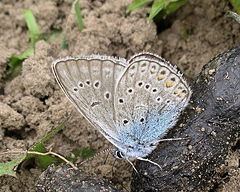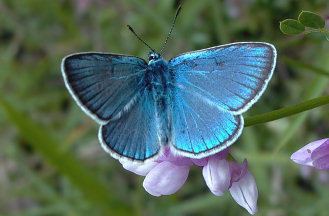Tribe Polyommatini Rank Species | Genus Polyommatus Higher classification Polyommatus | |
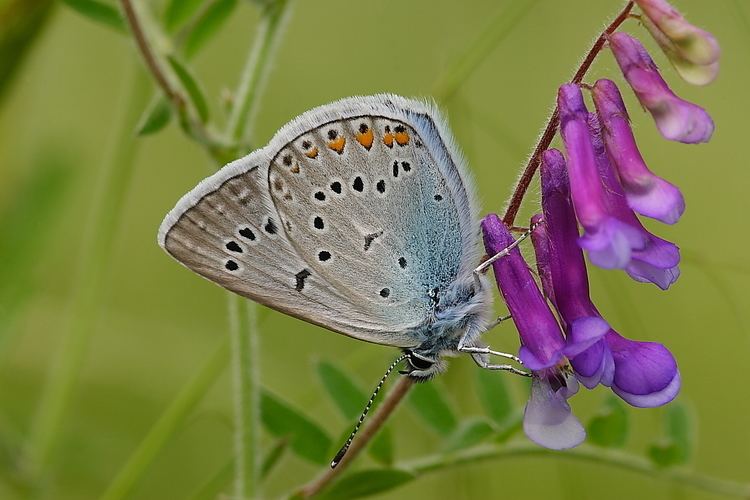 | ||
Similar Butterflies and moths, Polyommatus, Glaucopsyche alexis, Plebejus idas, Eumedonia eumedon | ||
Polyommatus amandus azur de la jarosse boivent
Polyommatus amandus, the Amanda's blue, is a butterfly of the Lycaenidae family. It is found in the Palearctic ecozone.
Contents
- Polyommatus amandus azur de la jarosse boivent
- Amanda s blue polyommatus amandus 01
- Description
- Distribution and habitat
- Life cycle
- References
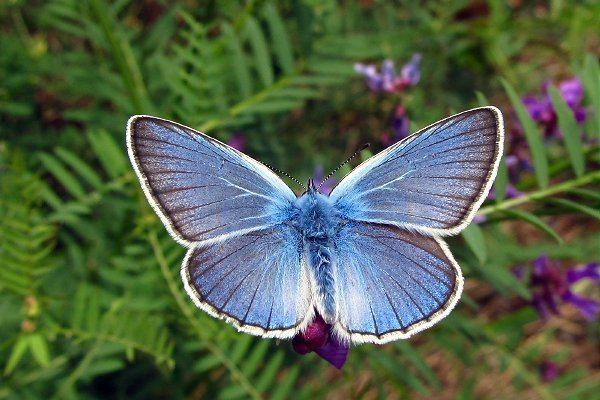
Amanda s blue polyommatus amandus 01
Description
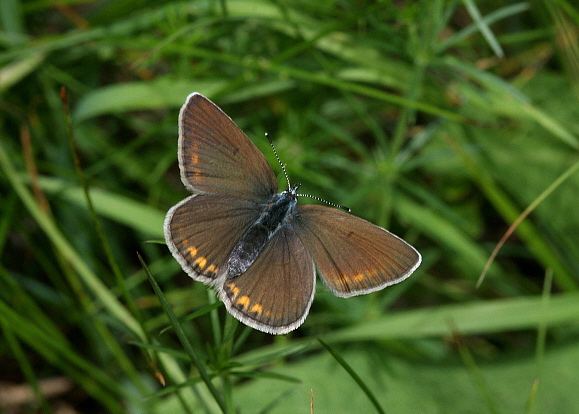
With a wingspan of 29 to 35 mm (1.1 to 1.4 in), Amanda's blue is noticeably larger than most of the "blue" butterflies, which is particularly apparent when they are flying. The upperside of the male's wings is a silvery blue or sky blue, often, but not always, with a broad dark border and a narrow black marginal line with an outermost white line. The upperside of the female's wings is in some populations dark blue edged with brown but in other populations is medium brown with a row of orange half-moon shaped lunules near the edges. The hind margin has red blotches. The underside of the male's wings are light grey with white-edged black blotches. The underside of the female's wings is similar but they are a rich creamy-brown colour with red blotches, especially on the margins of the hindwings and a series of black spots with white rims, often touching, forming a row parallel to the margin of the wings. The basal areas of the underwings are turquoise. The wingspan is 28 to 36 mm (1.1 to 1.4 in).
Distribution and habitat
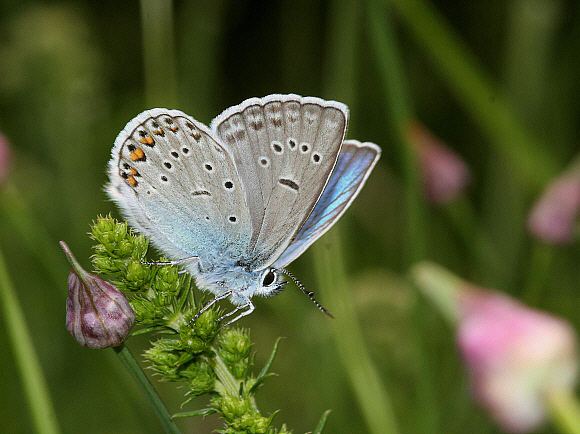
Amanda's blue is native to much of central and northern Europe. Its habitat is meadows, heaths, grassland, roadsides and other open areas and places where the larval food plants grow and usually at altitudes of at least 1,000 metres (3,300 ft).
Life cycle
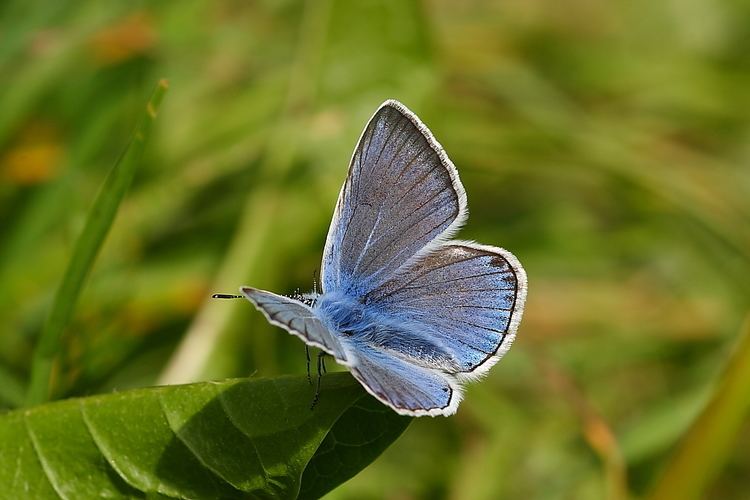
This butterfly flies from May to August. The larvae feed on species of vetch, often meadow vetchling (Lathyrus pratensis) and tufted vetch (Vicia cracca). The males fly around near the host plants waiting for females to arrive. The females lay their eggs singly on the leaves of the host plant. The caterpillars have glands which secrete a sugary fluid that attracts ants and the presence of these protects the larvae from predators.
